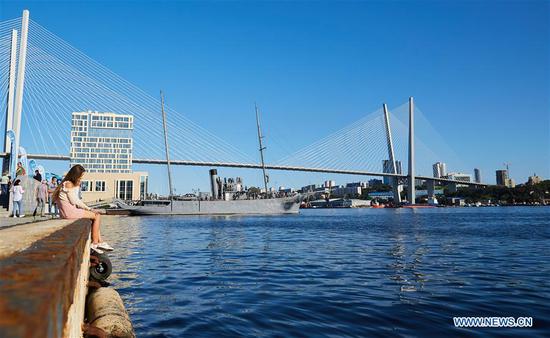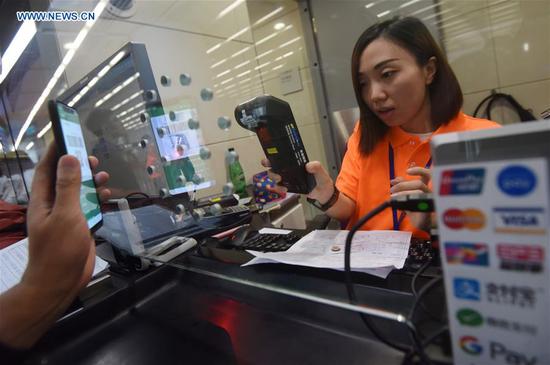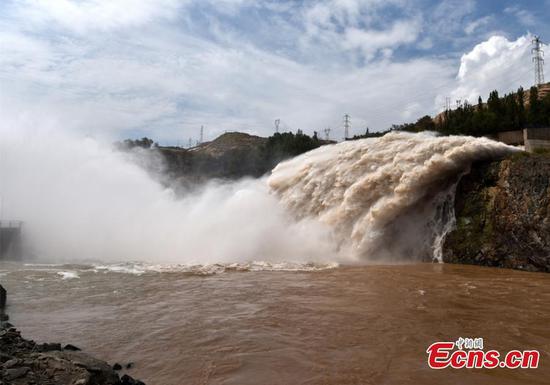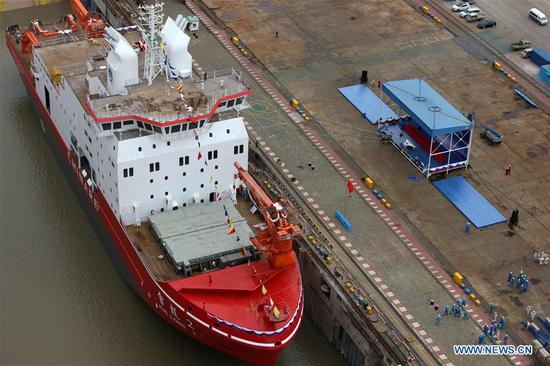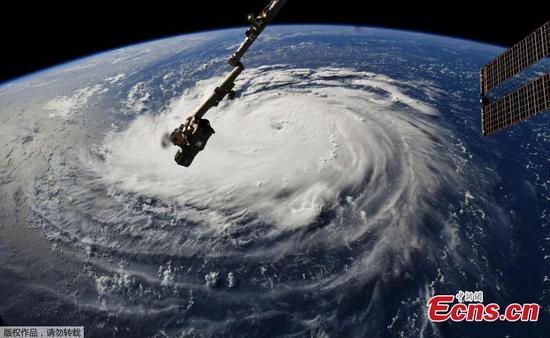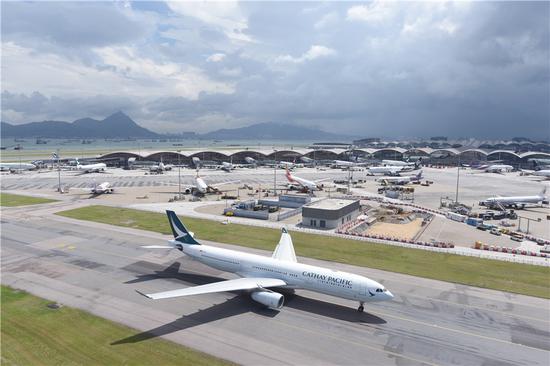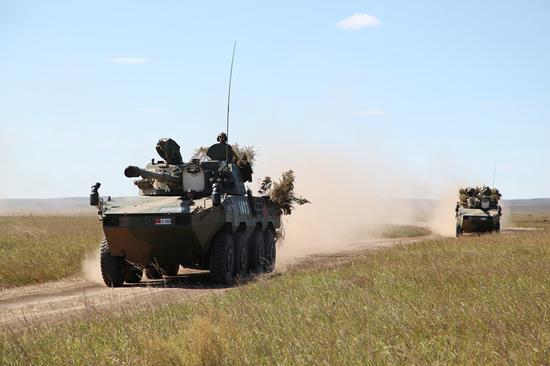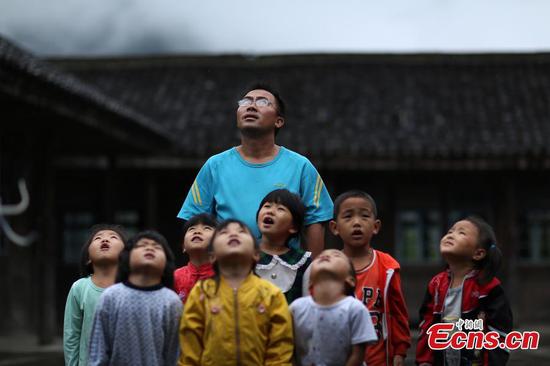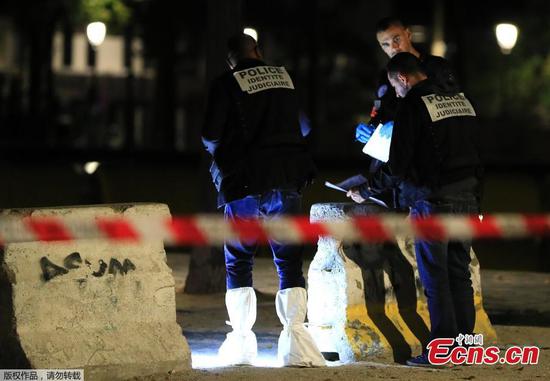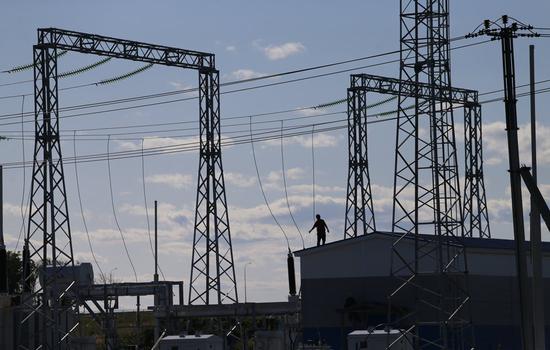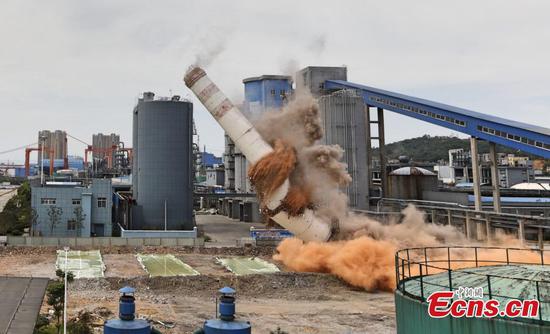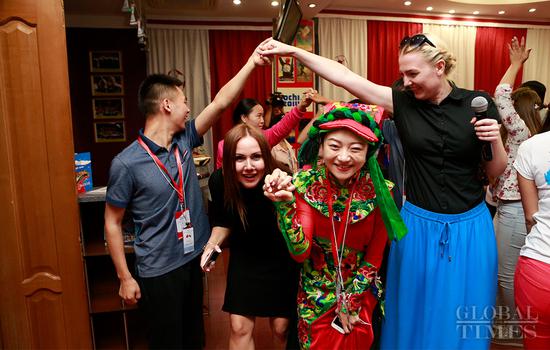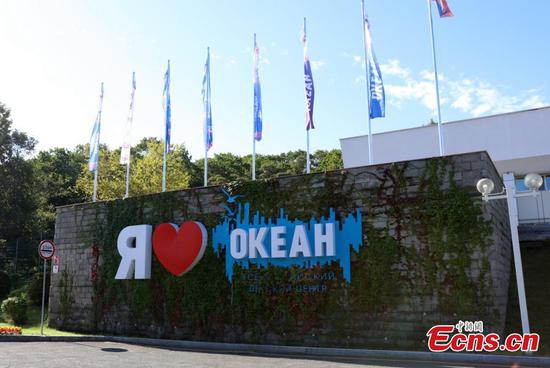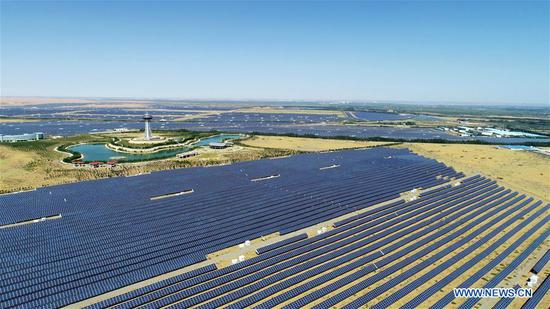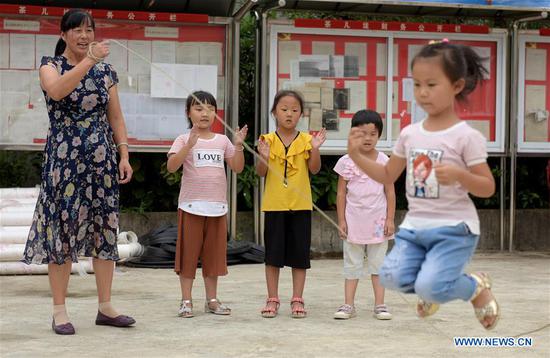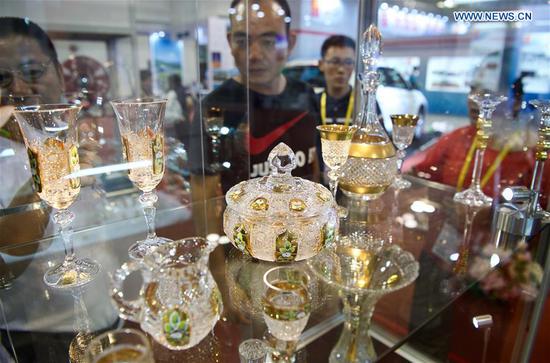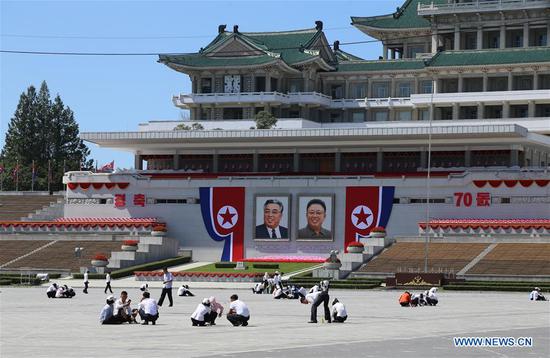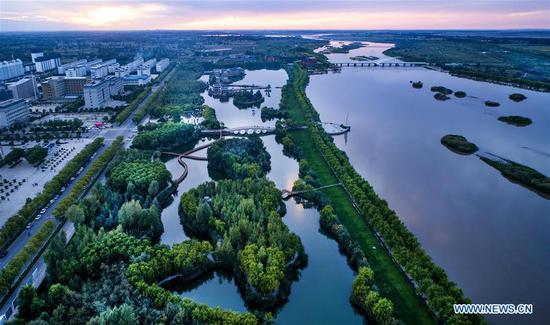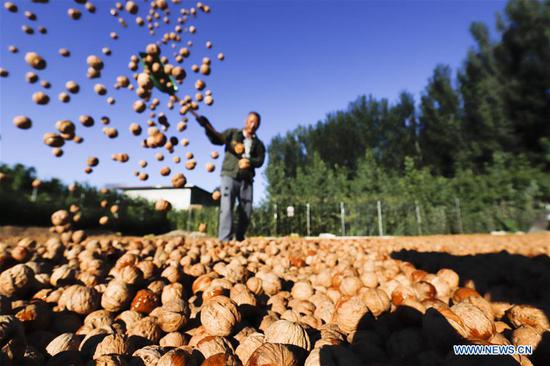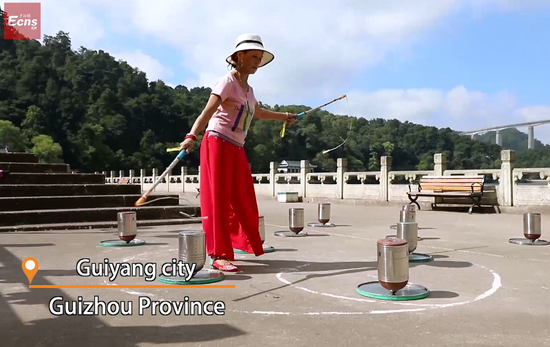Farms in Russian Far East could replace U.S. soybean crop
China and Russia are expected to enhance their economic ties in the Russian Far East amid the ongoing U.S.-China trade frictions, with help from the Russian federal government's ambitious plan to attract more Chinese investment, especially in agriculture and manufacturing.
The Russian government has rolled out new industrial policies in recent years for its Far Eastern region including the establishment of Advanced Special Economic Zones (ASEZ), a free trade port and a special administrative zone, where investors enjoy favorable policies such as low taxes and land rental fees.
Under the plan, local authorities have accelerated the construction of an industrial park in Vladivostok, with the aim of attracting more foreign investment from China, Japan and South Korea. Three Chinese companies have acquired dozens of parcels land in the Vladivostok industrial park, where they intend to run logistics and seafood production businesses.
Bilateral trade between China and Russia maintained double-digit growth in 2018, and is expected to reach $100 billion by the end of this year, according to the Chinese Ministry of Commerce website.
"Russia's abundant natural resources have been luring foreign investors into sectors such as lumber production, agriculture and fisheries, and Russia's economic policy for the Far Eastern region has provided a new impetus," Chen Gang, CEO of STO Express' Russia subsidiary, told the Global Times on Sunday.
Chinese President Xi Jinping will attend the fourth Eastern Economic Forum from Tuesday to Wednesday in Vladivostok at the invitation of Russian President Vladimir Putin, Xinhua reported on Friday.
"This is another major diplomatic activity in Sino-Russian relations this year. It is China's strong support for the development of Russia and the Russian Far East. It will further enhance Sino-Russian bilateral relations, strengthen international and regional strategic cooperation between the two countries," Yan Wenbin, Chinese Consul General in Vladivostok, said in an interview with Russian media on Friday.
Cooperation in more areas
Apart from economic cooperation, China and Russia also cooperate in many other fields including military and cultural exchanges, said Yan, noting that China has sent troops to Russian for military drills and the International Army Games held by Russia annually.
The latest example of high-level military cooperation between China and Russia is the massive military drill Vostok-2018 or East-2018, a large-scale upcoming Russian military exercise, to be held from Tuesday to Saturday, throughout Siberia and the Russian Far East.
According to Chinese Defense Ministry's website on August 20, 3,200 Chinese troops and more than 900 armor vehicles and more than 30 fixed wing aircrafts and helicopters from China will join the military drill in Russia.
On the cultural front, Yan said, many art troupes from China have visited Russia in recent years, including troupes from China National Peking Opera Company and the National Ballet of China.
Cooperate on soy beans
Under the ongoing China-U.S. trade frictions, China and Russia will find new opportunities in different sectors, particularly in agriculture, Ma Youjun, director of the Russia Institute at Heilongjiang Provincial Academy of Social Sciences, told the Global Times on Monday.
"China has to reduce its reliance on U.S. soybean imports, and enhanced agricultural cooperation with the [Russian] Far Eastern region is highly promising," Ma said.
Chinese companies appear to be taking advantage of the great potential in Russia's agricultural business. The government of Northeast China's Liaoning Province is expected to sign an agreement with STO Express' Russian subsidiary during the forum to further facilitate grain transportation between the two countries.
Russia offered to lease 2.5 million acres of land to China for agricultural development and several Chinese investors appeared enthusiastic, media reported in April.
"We're talking with the Russian federal government to see if we could explore 1.5 million acres within this development plan with estimated soybean output of 2 million to 2.5 million tons every year," Chen said.
Challenges remain
Development of the Russian Far East has been slow in past decades with sparse population and weak investment incentives.
However, under the federal government's Far Eastern policy, more Chinese investment has flowed into the region and reshaped local growth outlook.
"I've lived in this region all my life and I see how development is going," said Konstantin Gurkovich, vice director of local auto manufacturer Yubo-Sumotori Works Co in Vladivostok.
Still, some Chinese investors are still facing bottlenecks as infrastructure conditions need improving and the cost of shipping from China's northeastern regions to Vladivostok is very high, Wang Xiaodong, an entrepreneur from Northeast China's Jilin Province, told the Global Times on Monday.









